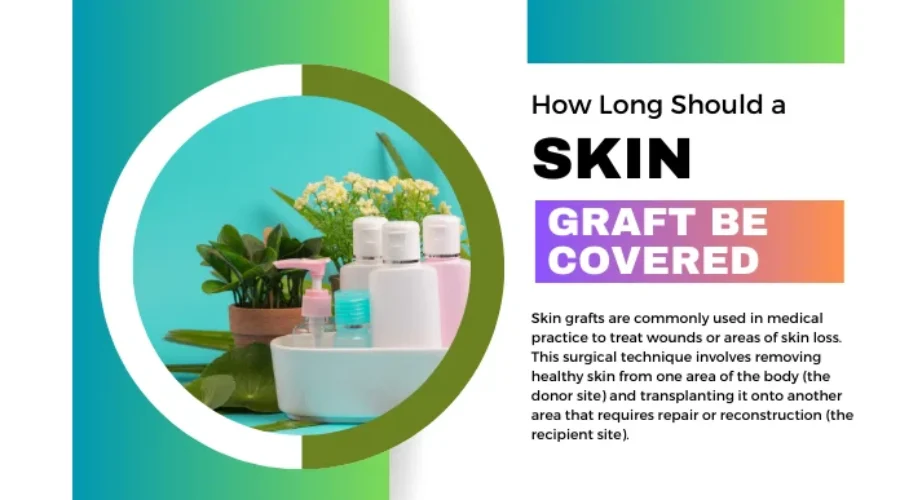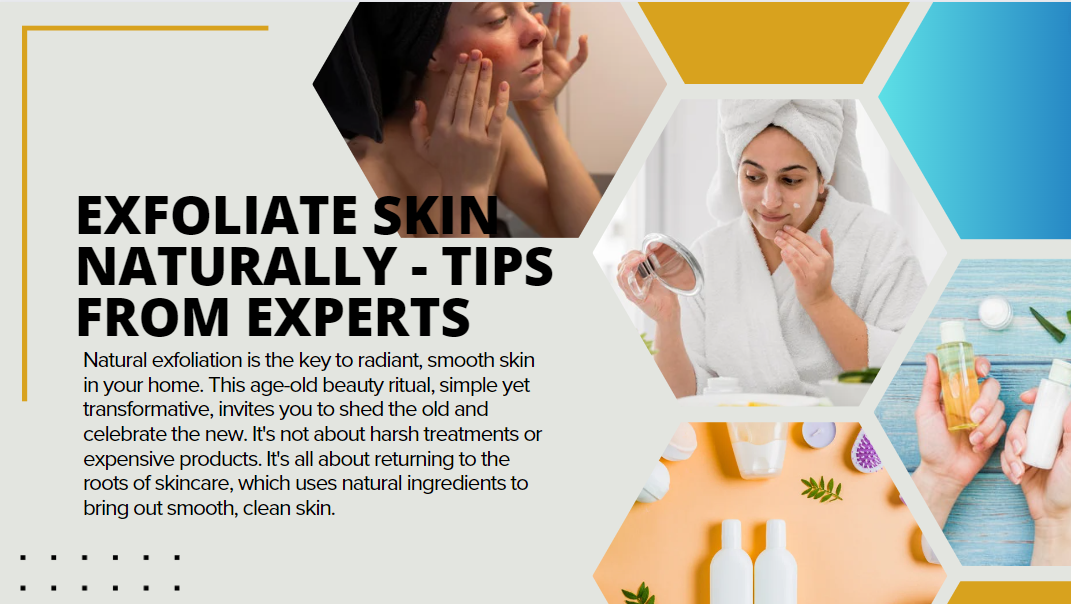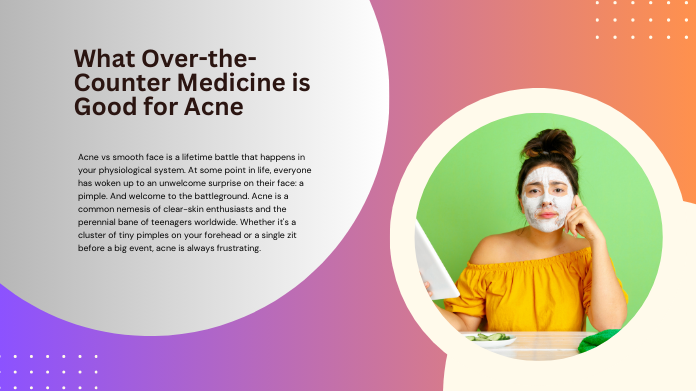How Long Should a Skin Graft Be Covered
Skin grafts are commonly used in medical practice to treat wounds or areas of skin loss. This surgical technique involves removing healthy skin from one area of the body (the donor site) and transplanting it onto another area that requires repair or reconstruction (the recipient site). After undergoing a skin graft procedure, it is crucial to provide proper care and protection to promote healing and minimize complications.
One essential aspect of post-surgical care is determining how long a skin graft should be covered. The duration of covering directly impacts the success of the graft and the overall outcome of the reconstructive procedure. In this content, we will explore the importance of covering skin grafts and provide comprehensive information on post-graft care.
Understanding Skin Grafts and Their Purpose
Skin grafts are an integral part of reconstructive surgery, often used to repair damaged or lost skin. This surgical technique involves the transplantation of healthy skin from one area of the body (the donor site) to another (the recipient site), promoting healing and improved function.
The purpose of a skin graft is multifold. Firstly, it helps restore the protective barrier function of the skin. When skin becomes compromised by burns, trauma, ulcers, or surgery, a skin graft protects underlying tissues from infection and additional damage.
Secondly, skin grafts aid in promoting wound closure. They accelerate healing and promote blood vessel and tissue regeneration by repairing missing or damaged tissue. This allows for improved wound healing rates and reduces scarring. Furthermore, skin grafts enhance functional outcomes by restoring movement and flexibility to affected areas. Whether it’s a burn on a joint or a surgical defect on a limb, these grafts provide essential support for underlying structures while maintaining mobility.
The Need for Covering a Skin Graft

After the skin graft procedure, it is crucial to cover the graft site adequately. The covering serves several vital purposes in ensuring successful graft take and promoting optimal healing.
1. Protection: Covering the skin graft site protects it from external factors that could disrupt the delicate healing process. This includes bacteria, dirt, and debris that can potentially cause infection or damage the fragile new skin cells. Bandages are crucial in safeguarding the graft by acting as a protective barrier. They effectively shield the graft from contamination and help maintain a sterile environment around the wound.
2. Moisture Control: Proper coverage helps regulate moisture levels at the graft site to facilitate optimal healing conditions. It prevents excessive evaporation of moisture from the wound, which can lead to dryness, discomfort, and delayed healing. Additionally, covering the graft helps retain natural wound exudate, which contains essential growth factors and proteins that contribute to tissue regeneration.
3. Stability: Bandages provide stability and support to the skin graft by minimizing movement at the recipient site. Immobilization of the graft is crucial during its early stages of attachment and vascularization. By reducing friction and preventing shearing forces on the newly transplanted skin, coverings promote better adherence and integration with surrounding tissues.
4. Comfort: Skin grafts can frequently lead to wounds that are tender and sensitive. It is important to protect these wounds from pain that may be caused by direct contact with clothing or other surfaces. Bandages serve as protective cushions, effectively reducing discomfort by creating a barrier between the delicate new skin layer and external irritants.
5. Scar Minimization: Properly covering a skin graft can help minimize scar formation by ensuring an optimal wound-healing environment. By protecting against complications such as infection or tension on sutures, bandages contribute to better cosmetic outcomes regarding scarring appearance.
How Long Should a Skin Graft Be Covered
Properly covering a skin graft is essential for its successful healing and protection. However, knowing how long to keep the graft site covered is equally crucial. Here is a guide on the duration for which a skin graft should be covered:
1. Immediate Post-Operative Period: After the skin graft procedure, the surgeon will typically place a sterile dressing over the graft site. This initial dressing serves to protect the new graft and promote healing in the crucial early stages. It is usually recommended to keep this dressing intact for at least 7 to 10 days to allow for initial attachment of the transplanted skin.
2. Follow Your Surgeon’s Instructions: It is crucial to adhere to your surgeon’s specific post-operative instructions when it comes to dressing changes and removal. Remember that each patient’s situation is unique, and following these instructions is essential for recovery. They may recommend leaving the initial dressing undisturbed until your first follow-up appointment
3. Monitoring Graft Adherence: During your follow-up visits, your surgeon will carefully evaluate the extent to which the graft has successfully bonded with the surrounding tissue. They will also determine if it is appropriate to remove the initial dressing without causing any harm. This typically occurs around 7 to 10 days after surgery but can vary depending on various factors like graft size, location, and individual healing response.
4. Gradual Uncovering: Once your surgeon determines that it’s appropriate to remove the initial dressing, they may advise a gradual uncovering approach. Over subsequent days or weeks, additional portions of dressings can be removed until complete exposure of the healed graft.
5. Protective Dressings: Silicone gel sheets or non-adherent dressings may be needed over the healed graft site once dressings are removed. These dressings reduce friction, protect against stress and UV exposure, and enable proper scar development.
6. Individual Healing Variations: The duration for which a skin graft needs to be covered can vary based on individual healing progress. Some graft sites may require longer coverage periods due to slower healing rates or increased risk of complications. Your healthcare provider will monitor your progress and provide specific instructions tailored to your unique needs.
7. Consultation with Healthcare Provider: If you have concerns or notice any signs of infection or complications during the healing process, contact your healthcare provider immediately. They can evaluate the situation, provide guidance, and make any necessary adjustments in your post-operative care plan.
Factors Influencing How Long a Skin Graft Should Be Covered
Graft Type: The type of skin graft used can affect the duration of coverage. There are two main types of skin grafts: full-thickness grafts and split-thickness grafts. Full-thickness grafts involve the transfer of both the epidermis and dermis, while split-thickness grafts only transplant a portion of the dermis along with the epidermis. Full-thickness grafts often require more extended periods of coverage compared to split-thickness grafts.
Graft Location
The location of the graft on the body plays a significant role in determining how long it should be covered. Graft sites that experience more movement or friction, such as joints or areas prone to rubbing against clothing. These areas may require more extended periods of coverage to protect against trauma and promote optimal healing.
Graft Size
The size of the skin graft also influences the duration for which it should be covered. Larger grafts tend to require more extensive coverage to maintain moisture levels, ensure proper adherence, and protect against infection. Smaller grafts may necessitate shorter periods of coverage.
Healing Progress
The progress and healing quality at the graft site will impact cover timeframes. If the skin transplant heals slowly or develops infections or poor tissue integration, it may require longer coverage.
Patient Factors
Individual patient factors, such as age, overall health status, and immune function, can affect how long a skin graft should be covered. To prevent infection and speed recovery, patients with impaired immune systems or underlying medical disorders may need prolonged dressing.
Surgeon’s Recommendation
Ultimately, your surgeon’s expertise and assessment are crucial in determining when it is appropriate to remove dressings and reduce or cease coverage. They will closely monitor the graft site during follow-up visits and provide specific instructions tailored to your unique circumstances.
Remember that every patient’s healing process is different. But on average, a skin graft should be covered for at least 3-5 weeks to prevent any further complications. By ensuring proper coverage duration, you can promote successful healing and optimize the outcome of your skin graft procedure.
When to Call the Healthcare Provider
Knowing when to call your healthcare provider after a skin graft procedure is crucial for ensuring proper healing and managing potential complications. Here are some essential scenarios in which you should reach out to your healthcare provider:
1. Infection Signs: Increasing pain, redness, swelling, or drainage from the graft site.
2. Excessive bleeding: Despite applying pressure, if bleeding does not stop.
3. Foul Odor: Strong odor coming from the graft site.
4. Graft Failure: Changes in color, increased pain or tenderness.
5. Graft Separation: The graft lifting away from the surrounding skin.
6. Excessive Pain: Severe or worsening pain after the procedure.
Conclusion
Properly covering a skin graft is crucial for successful healing and minimizing complications during the recovery process. By restoring the protective function of the skin, promoting wound closure, and improving functional outcomes, they contribute significantly to the overall healing process. Additionally, knowing when to involve healthcare providers ensures prompt attention when necessary. By following these guidelines and working closely with healthcare professionals, patients can increase their chances of a successful skin graft recovery process.



